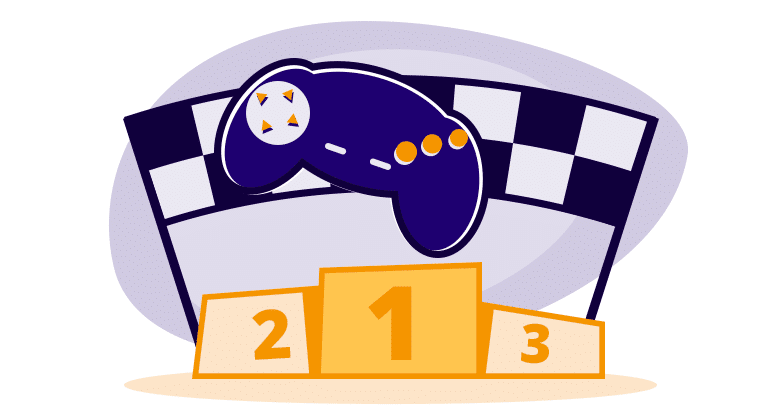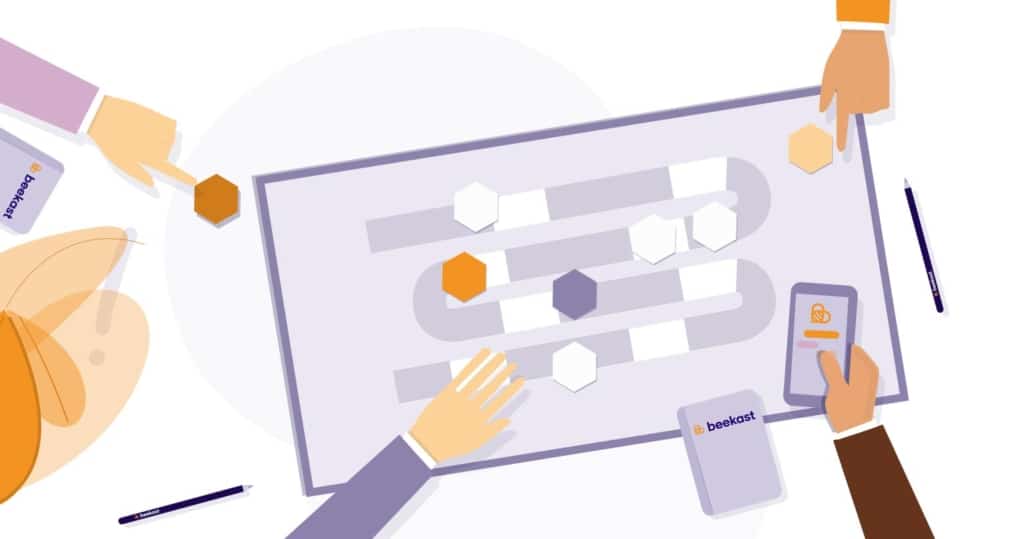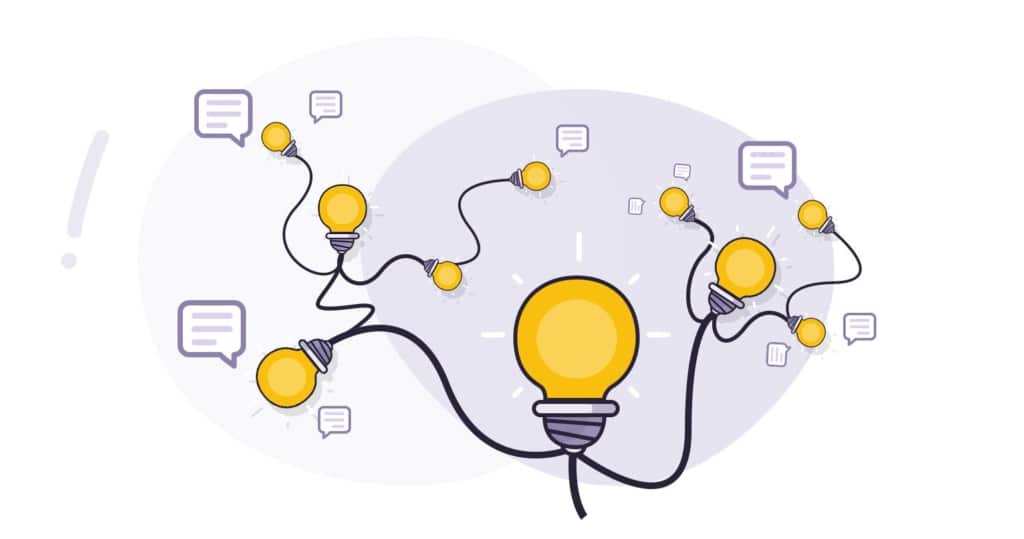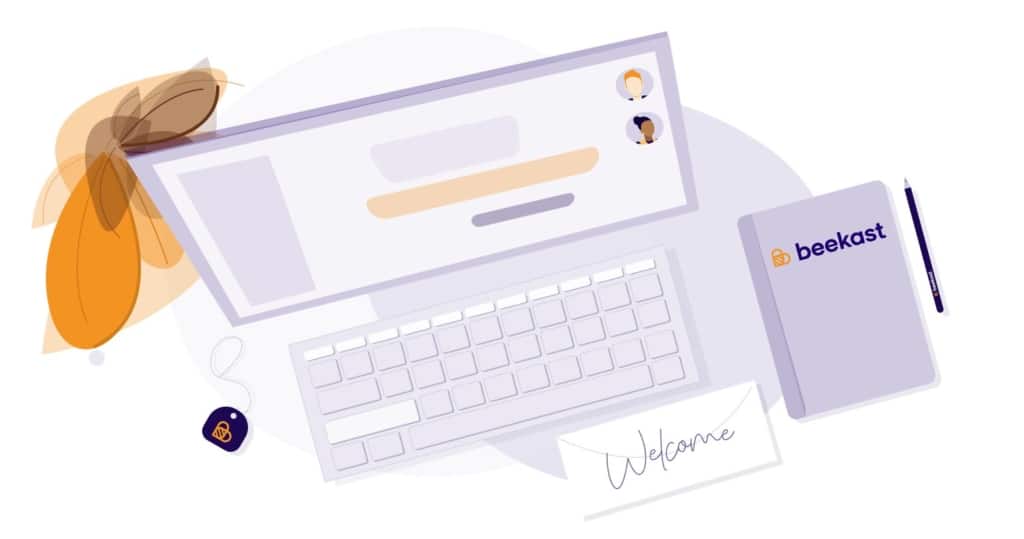According to Statista, more than 50% of the UK population plays video games. People like having fun and games aren’t just for kids! Since everyone enjoys fun activities, gaming is increasingly used in professional training settings, where it’s called gamification.
Why use gamification? Because gamifying training modules increases participant concentration and engagement.
What is gamification, and what are its objectives?
Definition
Gamification in training involves teaching theoretical concepts using methods borrowed from gaming, like prizes, points, competition, or roleplay.
Objectives of gamification
The objective of adding gamification to training is to promote learning in a roundabout way. Through fun activities and gaming mechanisms, participants develop more positive emotions and are more engaged in the learning process.
These positive emotions enable trainers to:
- Build together: learners are active participants in the training
- Encourage involvement: the fun makes people want to keep participating in activities
- Catch learner attention: using gamification makes time pass faster because the topic grabs participants’ attention
- Improve learning: when participants feel positive, they’re more likely to listen, learn, and remember what they’re taught
Four ways to gamify your training sessions
There are so many ways to make your training more fun! Many of them use interactive digital methods, even though they can also be done simply with only a few materials (sticky notes, pens, whiteboard, etc.). Digital tools do make it easier to set up these games, but don’t worry—you can still get started with something simple.
Create a competition
Organise challenges and use a points system to boost participation in this experience. If you want to promote team spirit, your participants will feel more motivated to stand out, either by themselves or as a team. Be careful, though: not all learners feel comfortable competing.
Offer a reward system
You can offer random or scheduled rewards. They’ll help boost learner motivation and engagement. Use gifts, badges, or any other creative ideas you come up with as engagement methods.
Let’s say you want to train your sales team on how to improve their closing ratio. You could design a training session that includes a role-play activity where the learners have to close a sale with a difficult customer. T
To motivate the learners, you could offer a reward to the team or individual who closes the most sales during the activity. The reward could be a gift card, a bonus, or public recognition. You could announce the reward at the beginning of the training session to create excitement and set clear expectations.
Create a roleplay activity
Gamifying training sessions with role play can be an effective way to engage learners and make the learning experience more enjoyable. To gamify your training sessions with role play, first define your learning objectives and design a scenario that aligns with them.
Assign roles to learners, provide guidelines, and encourage them to play their roles as realistically as possible. After the game, debrief with the learners to discuss what they learned and how they can improve.
Let’s say you want to train your customer service team on how to handle difficult customers. You could design a role-play scenario in which one team member plays the difficult customer and another team member plays the customer service representative. The objective of the game is to resolve the customer’s issue while maintaining a positive relationship with them.
Include a social component
Communication and collaboration among members are essential to an effective gamification strategy. Sharing, discussions, and recommendations enhance learning. If you’re remote, use one of our eight tools for collaborative teleworking.
Measure the impact of gamification: set performance indicators
It’s essential to measure the success (or failure) of adding gamification to your training sessions. To do so, you’ll need to define your performance indicators and your strategic objectives.
For example, the score learners get will enable you to see how well they’ve integrated the knowledge presented in your training. If collaboration is one of your objectives, the number of interactions will be a useful metric.
Gather feedback from employees so you can continually improve your training and offer an even better gamification experience the next time around.
Improve digital learning with Beekast
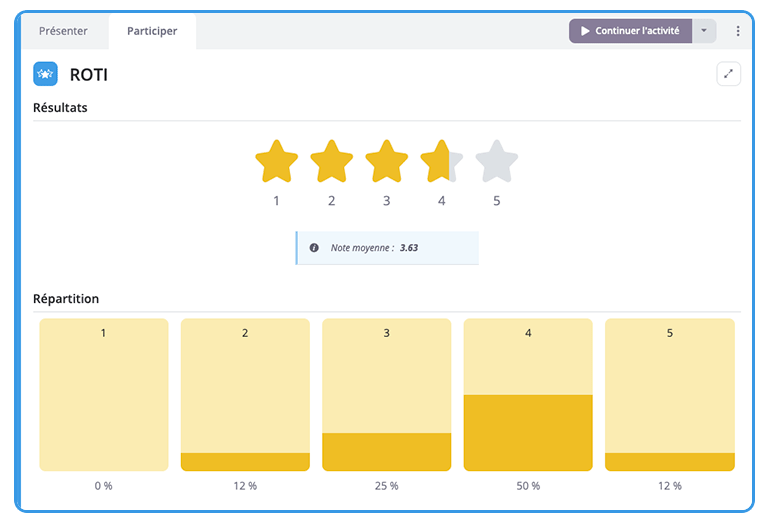
Gamification can really boost motivation during training. By correctly engaging your learners, you’ll see higher overall motivation and better retention of the concepts you teach – and those results will last longer!
This all adds up to positive participants and time savings, which result in better productivity and efficiency. It’s a win-win situation for everyone!
Beekast is an easy-to-use digital solution for gamifying your training. The platform’s many activities focus on interaction, engagement, and skill development. Learn all about training with Beekast.
Gamification FAQs
Find answers to frequently asked questions about gamifying training sessions.
1. What is gamification in training sessions?
Gamification is the process of incorporating game elements into non-game contexts, such as training sessions, to make them more engaging and motivating for learners. It involves using game-like mechanics, such as points, badges, levels, and leaderboards, to create a sense of competition and achievement and to encourage learners to interact with the content in a more meaningful way.
2. What are the benefits of gamifying training sessions?
Gamifying training sessions can have several benefits, including increased learner engagement and motivation, better retention and recall of information, improved collaboration and teamwork, and more effective learning outcomes. Gamification can also make training sessions more fun and enjoyable, which can help reduce stress and anxiety and increase the overall sense of satisfaction among learners.
3. How can I gamify my training sessions?
There are many ways to gamify your training sessions, depending on your specific goals and audience. Some popular gamification techniques include creating leaderboards and badges to track progress and achievements, incorporating mini-games and challenges to break up the content, and using storytelling and narrative elements to create a more immersive and engaging experience. You can use Beekast’s interactive
Also Read:
